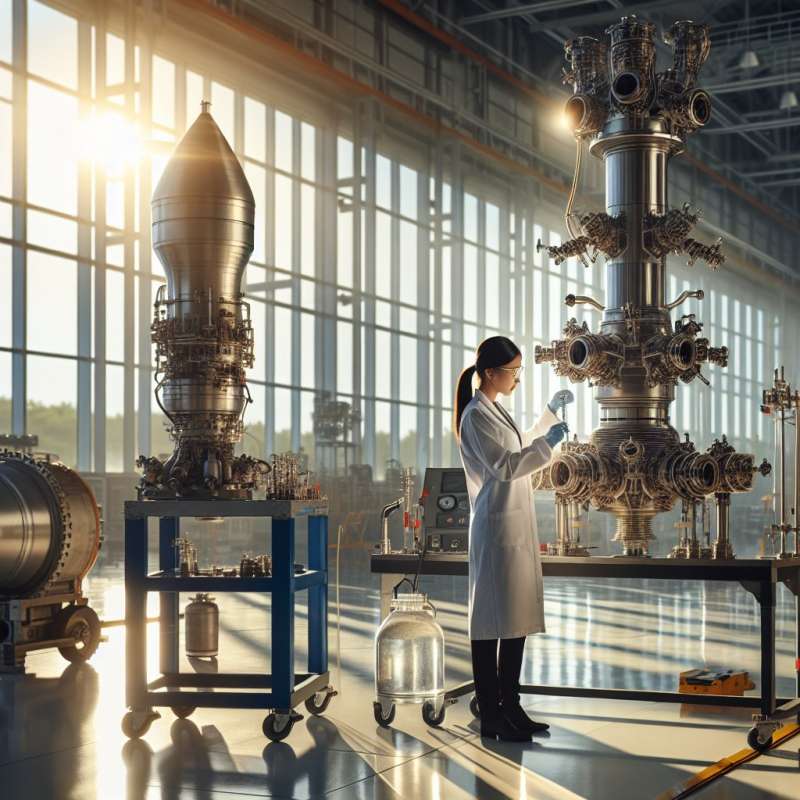
Introduction to Rocket Making
Rockets are complex machines designed for space travel. They require meticulous planning, precision engineering, and advanced materials. The process involves designing, testing, assembling, and quality control to ensure the rocket can withstand extreme conditions.
Material Selection Insights
Rockets are made from lightweight and durable materials like aluminum alloys, titanium, and carbon composites. Surprisingly, rocket propellant tanks must withstand cryogenic temperatures and immense pressure, so they're often made of carbon-fiber-reinforced polymers.
Rocket Propulsion Mechanics
Rocket engines burn propellant to produce thrust. Liquid-fueled engines use liquid oxygen (LOX) and kerosene or liquid hydrogen. Solid-fueled rockets, used for boosters, contain a mixture of fuel and oxidizer in a solid state, offering simplicity and reliability.
Advanced Manufacturing Techniques
State-of-the-art techniques like 3D printing are revolutionizing rocket making. For instance, SpaceX uses 3D-printed parts for its SuperDraco engines, which reduces manufacturing time and costs while enhancing precision and performance.
Testing and Quality Assurance
Every rocket undergoes rigorous testing, including static fire tests and environmental simulations. Engineers ensure all components function correctly under extreme conditions. NASA's Artemis I mission undertook extensive pre-launch tests, scrutinizing every system for reliability.Pencil Lead in Rockets
Graphite, found in pencil lead, is used in rocket nozzles for its ability to withstand extreme heat and erosion during launch.
What materials are rocket tanks made of?
Aluminum and titanium alloys
Carbon-fiber-reinforced polymers
Stainless steel composites
Company